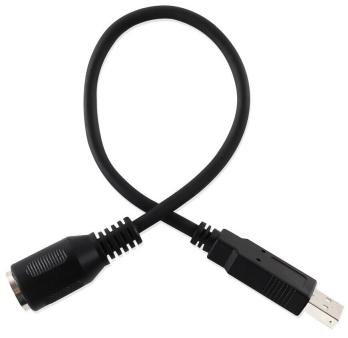Success!
The
bootloadHID command line tool is indeed able to write the firmware to this device. I confirmed it by flashing v1.11_atmega32u4.hex, running scinfo, flashing v1.12, and running scinfo again. The reported version number changed as expected.
Keyboard input stopped working after the flash, but uploading a blank config restored it.
Some of scinfo's reported values changed after flashing the official firmware. I'll highlight the fields that were different when the pre-installed version was running:
Protocol Version: v1.00 (unchanged)
Code Version: v1.12 (unchanged)
Max Settings Version: v1.01 (unchanged)
Current Settings Version:
v0.00 -> v1.01
SRAM Size:
2816 -> 2560 bytes
SRAM Free:
1806 -> 1809 bytes
EEPROM Size: 1024 bytes (unchanged)
EEPROM Free:
1020 -> 1016 bytes
What's more, the flood of F7 keystrokes when plugging it in is now gone. I wonder why the firmware this device shipped with was doing that. Corrupted data? Malware? It's too bad I had no way of dumping that firmware before replacing it; a comparison with Soarer's files might have revealed something interesting.
In any case, I'm happy. Thanks for your hints, folks. The sleuthing and a little risk paid off.
